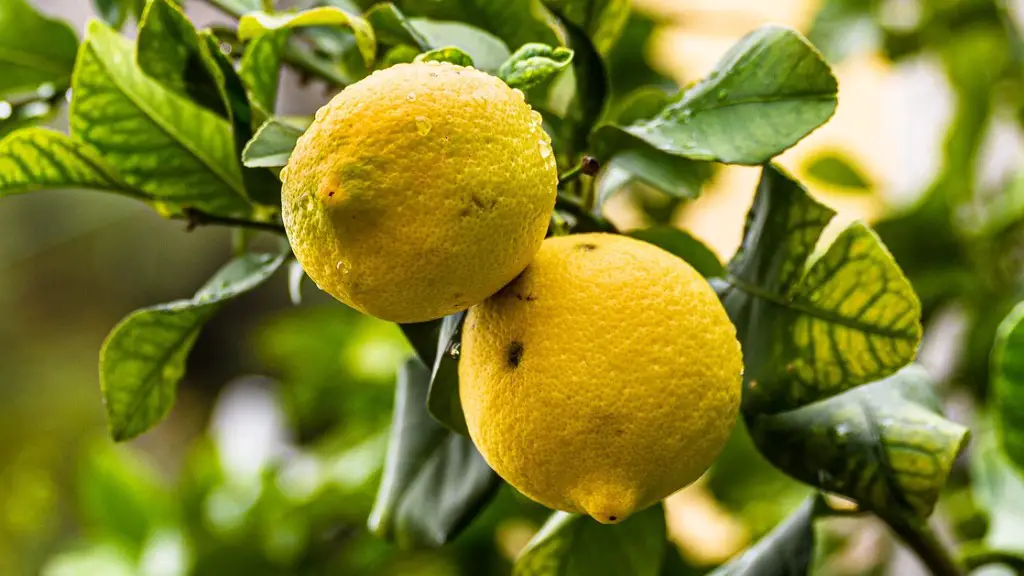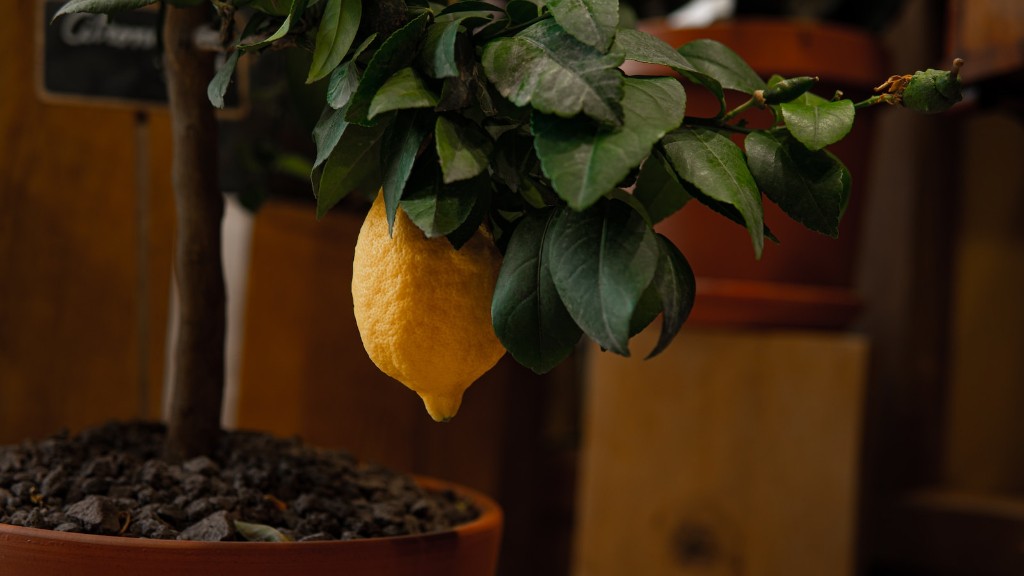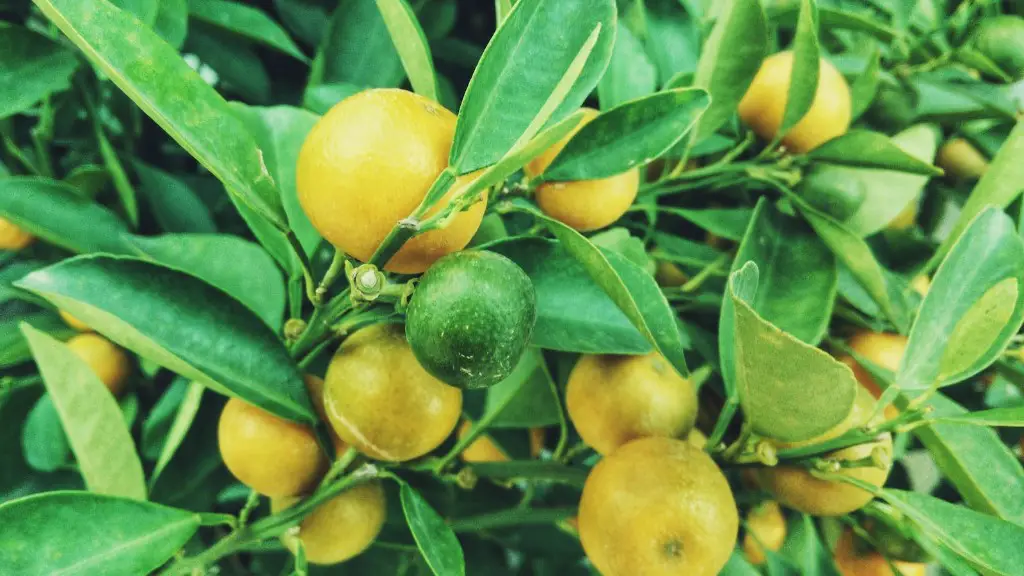Given the right growing environment, theoretically it is possible to start a lemon tree from seed. The process of germination is not always the same, but the likelihood of successful germination is increased when the seeds are from fruits that closely resemble their parent tree’s fruit.
The key to germination begins with the preparation of the seeds. First, warm water should be used to cleanse any debris from the seeds. After cleaning, the seeds should be placed in a container with a damp paper towel for about one day. During this time, the seeds undergo imbibition which helps the seeds create a protective coating so they can begin to sprout.
After the seeds have been in the paper towel for one day, they are ready to be sowed in the soil. A soil-less potting mix should be used to avoid compacting the soil due to overwatering. The soil should also be slightly acidic since lemon trees cannot tolerate alkaline soils. When the potting mix is in the container, the seeds should be spread evenly over its surface and covered with a thin layer of sand. To improve the chances of germination, the container should be placed in direct light and kept warm. It is also important to make sure that the soil stays moist, but not soggy.
Once the seeds start sprouting, it is time to move them to a larger container with more soil-less potting mix. It is important to keep the sprouts warm and out of direct sunlight to avoid burning them. The lemon tree must be monitored closely during this time and should be well watered. As the tree grows, it may need to be pruned to encourage branching and even growth.
Once the tree is mature enough to sustain itself, it can be transplanted to your garden. Before the transplant, it is important to make sure the garden soil is acidic enough for the tree. Additionally, it is advisable to adjust the soil pH to 6.5-7.0 since lemon trees thrive in these soil conditions. Finally, the newly transplanted tree must be well watered and pruned regularly to maintain an even growth pattern and encourage fruit production.
Tips for Improving Germination and Keep the Tree Healthy
Achieving successful germination starts with good seed preparation and the use of the right soil for planting. As with any germination process, it is important to keep the soil moist, but not soggy. Additionally, it is beneficial to use a soil-less potting mix and to make sure the soil is slightly acidic. Proper pruning and transplantation also help the tree to thrive and produce fruit.
Light and Temperature Requirements for Sprouting and Growth
Light and temperature are essential for successful germination and growth of the lemon tree. During the sprouting phase, the seeds should be exposed to direct light and kept warm. During regular growth, the tree should be kept in indirect sunlight, away from extreme temperatures, to reduce the chances of burning the plants. Lastly, the soil should be kept moist and slightly acidic.
Watering the Tree during the Growth Period
It is essential to keep the tree well-watered during the growth period. The frequency of watering depends on the amount of sunlight and temperature that the tree is exposed to. In general, the tree should be watered every other day and kept moist, but not soggy. Furthermore, it is important to avoid overwatering as it can cause root rot, a condition that causes the tree to become stunted and unproductive.
How to Prune the Tree
Proper pruning is an important part of the growth process of a lemon tree. It promotes even branching of the tree and enhances fruit production. To prune the tree, it is advisable to use a pair of shears to remove dead or broken branches. Additionally, the branches should be pruned in a way that leaves the center of the tree open to allow for optimal air circulation. Lastly, pruning must be done at least once a year.
What Nutrients the Tree Needs to Survive and Produce Fruit
In addition to light, temperature, and water, the lemon tree needs certain nutrients to survive and produce fruit. Specifically, the tree needs nitrogen, phosphorus, and potassium for healthy growth and fruit production. These elements can be provided to the tree with the use of fertilizers, compost, and other organic materials.
Tips to Keep Pests and Diseases Away from the Tree
In addition to the nutrients discussed above, the lemon tree needs protection from pests and diseases. One of the best ways to protect it is by planting companion crops that help enhance its defenses and maintain a healthy balance in the soil. Additionally, it is important to water the tree at the right time and to avoid overwatering. Lastly, it is beneficial to prune the tree regularly to reduce its vulnerability to disease.


